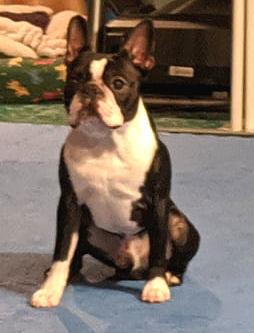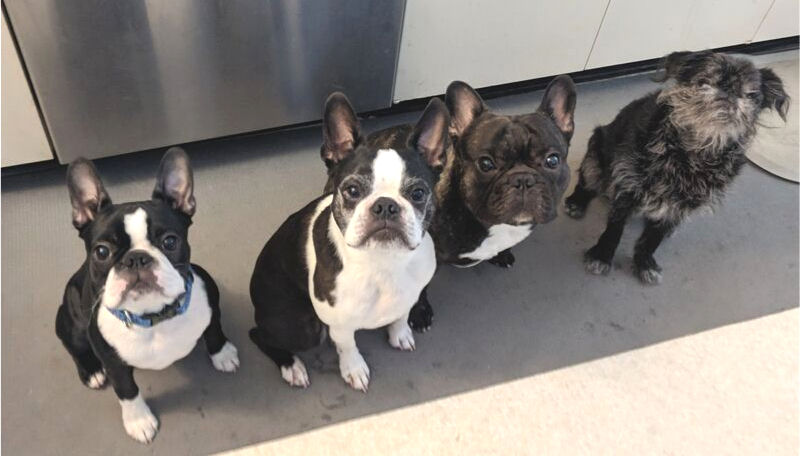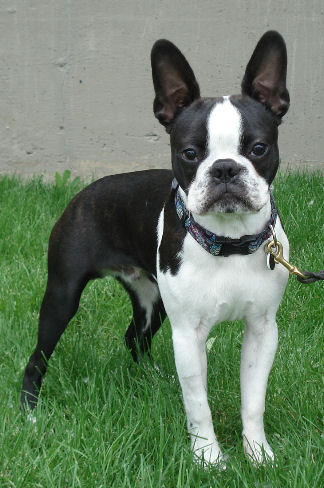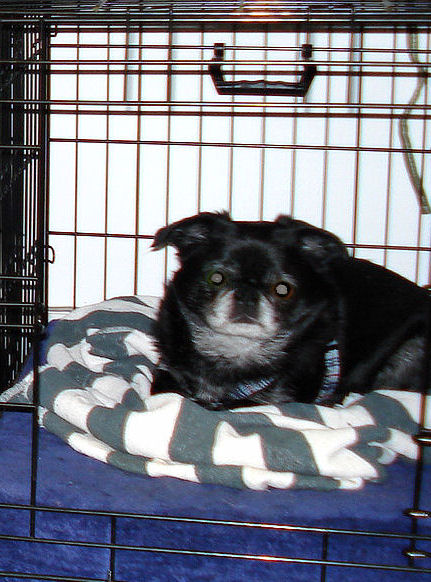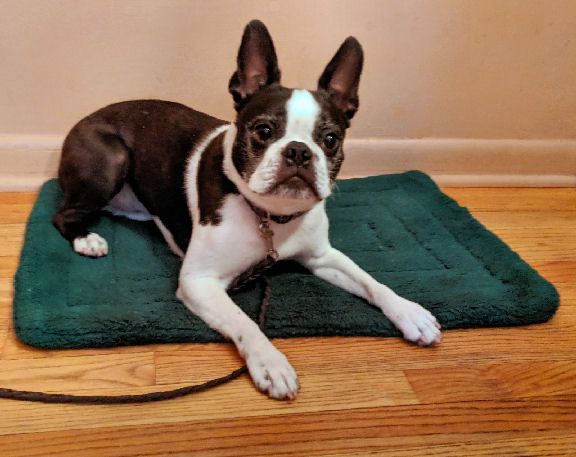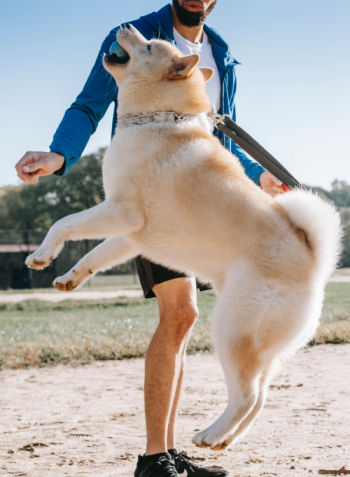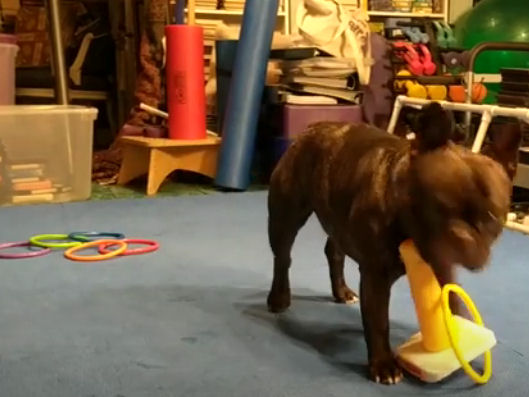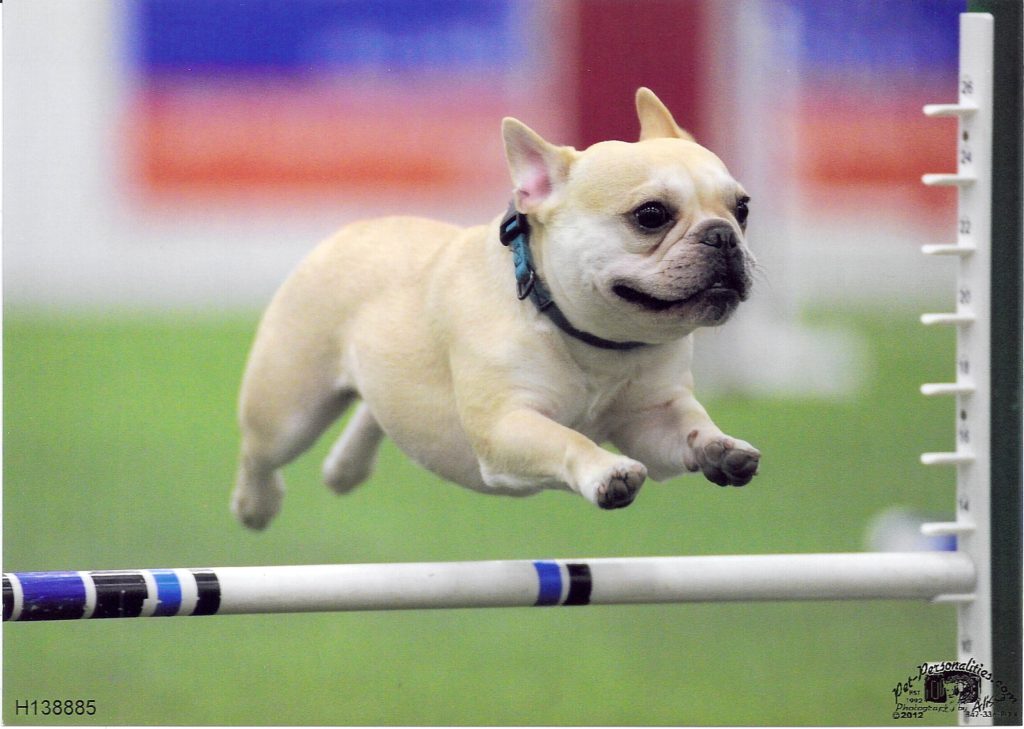It’s always great when you have proof. This week we got expert confirmation that training games help dog fitness.
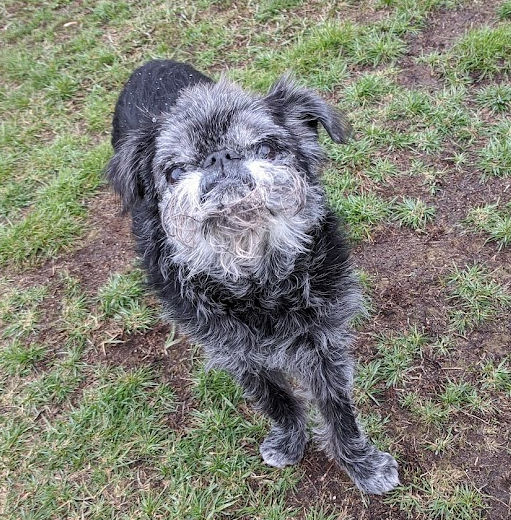
Fran’s almost-13-year-old Brussels Griffon Tango was sick. Really sick. Spewing out both ends sick. He’s recovering now, so the worry part is over. But while at the veterinarian’s office, the vet said she wasn’t worried about Tango not eating for two days, or a health crisis. Because he’s so fit, his body could cope and recover quickly.
That made an impact. Two sleepless nights and 36 hours of gastrointestinal distress may leave no long-lasting effects because this senior dog is in good shape. Fitness matters, for dogs, too.
Dog fitness plan
It makes sense. Both the body and mind for both dogs and people are “use it or lose it.” Dogs’ bodies are subject to many similar age-related problems as people are. Arthritis, loss of vision, loss of hearing, lessening of balance, etc. But staying active and asking our dogs to do the same can delay or prevent some issues.
Tango’s fitness routine is simple. It takes less than 10 minutes a day. He has a good time, gets treats (when he’s not sick), and even runs over to play his dog training games. If you didn’t know he was almost a teenager, you’d never guess it.
The balance disc “workout” is first every day. You’ll find the details and video in this post: Wellbeing of Dogs. Some days it goes better than others. We didn’t ask Tango to do it when he was sick. And he was a bit wobbly when he got back to it. But he did it happily. He missed the attention, if not the exercise.
Favorite training game
Tango’s favorite dog-training game is “Put your toys away.”
You dump a bunch of dog toys in a pile. The dog’s task is to get each one, pick it up, carry it across the room, and place it in a box.
Tango’s never played with toys, but he loves putting them away. And, because Fran puts the box as far away as the space allows, he gets lots of back-and-forth steps in. The first day he was feeling better, he actually trotted back and forth, so happy to be playing his game again.
Mind and body dog fitness
All dog training games work to help your dog’s fitness. Working your brain is just as important as working your body. Tango may not be able to see very well, but he can think just fine. And, while “Put your toys away” may be an old favorite, it’s also important to introduce new games. Challenging your dog’s mind can help keep it sharp.
It’s easy to take old dogs for granted, assuming they’ll be happy just napping away in the sunshine. But to keep them in the best shape, let them nap after they’ve played their training games.

